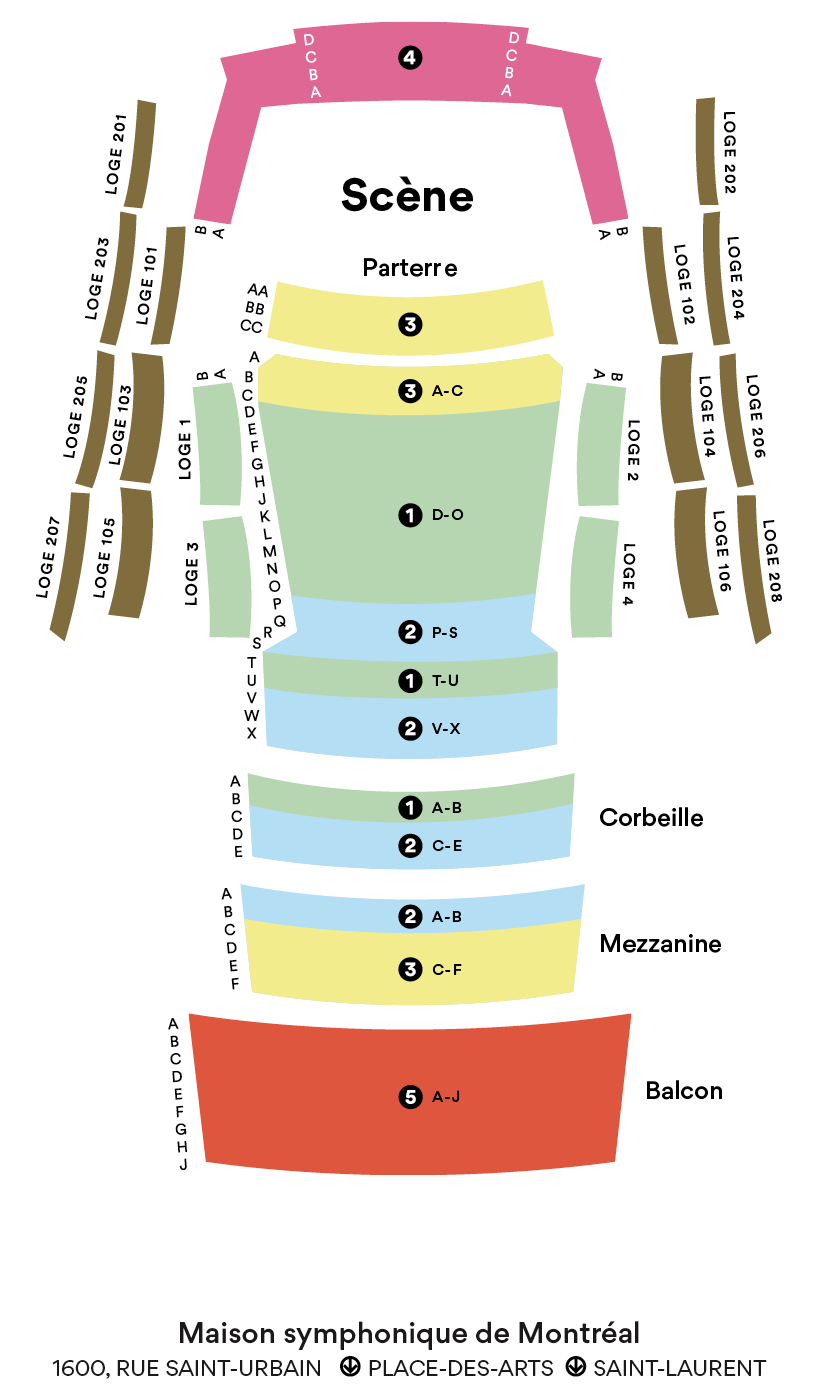Piano Concerto No. 2
Rachmaninoff
1873 – 1943
Piano Concerto No. 2 was written at a turning point in Rachmaninoff’s career. Three years before writing the piece, in 1897, the composer went through a severe depressive episode following the resounding failure of his first symphony in Saint Petersburg. Willing to do anything to overcome it, he consulted Nikolai Dahl, a neurologist and music lover, who used hypnotherapy to encourage him to move past his writer’s block.
“You will begin to write a concerto. You will work with great facility. The concerto will be of excellent quality.” These are the phrases the doctor repeated to his patient during their hypnotherapy sessions, which helped Rachmaninoff put pen back to paper. He found a new lust for life—and composing—entering into a period of great creativity. He went on to write the Sonata for Cello and Piano in G Minor, Spring and 12 Romances for voice and piano. And of course, his second piano concerto, dedicated to Dr. Nikolai Dahl, for getting him out of his slump.
A piano virtuoso, Rachmaninoff was known for his dexterity and large hand span—which could extend an octave and a half—and he performed some of his own piano compositions. We can hear the extent of his talent thanks to a few precious recordings, including one of his second concerto from 1929.
At the 1901 premiere, Rachmaninoff made light work of his technically demanding score, dazzling the public with his performance. The concerto then went on to tour Europe, most often conducted by the composer’s cousin, Alexander Siloti, who helped Rachmaninoff financially while he completed the composition. As the piece was met with success across the Atlantic, the composer’s financial difficulties were at last behind him. During his 1909–1910 tour, Rachmaninoff performed his concerto many times, including 10 times with the Boston Symphony Orchestra alone!
